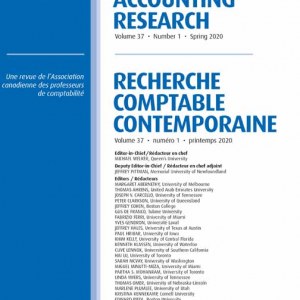
Gassen, J., Skaife, H. and Veenman, D. (2020). Illiquidity and the Measurement of Stock Price Synchronicity Contemporary Accounting Research, 37(1):419--456.
-
Affiliated author
-
Publication year2020
-
JournalContemporary Accounting Research
This paper demonstrates that measures of stock price synchronicity based on market model R2s are predictably biased downwards as a result of stock illiquidity, and that previously‐employed remedies to correct market model betas for measurement bias do not fix R2. Using a large international sample of firm‐years, we find strong negative and nonlinear relations between illiquidity and R2 across countries, across firms, and over time. Because variables of interest frequently relate to illiquidity as well, we illustrate the consequences of not controlling for illiquidity in synchronicity research. More generally, we demonstrate the importance of using nonlinear control variable methods. Overall, we conclude that the illiquidity‐driven measurement bias in R2 provides an explanation for why prior research finds low‐R2 firms to have weak information environments, and suggest future research carefully evaluate the sensitivity of its results to nonlinear controls for illiquidity.